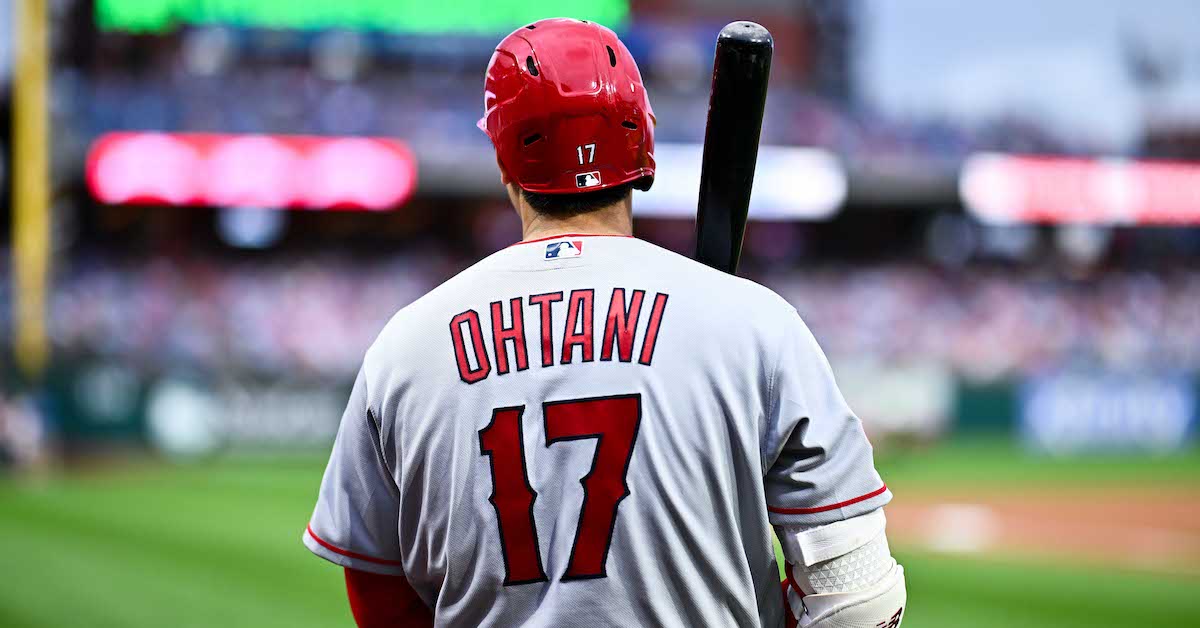NLCS Managerial Report Card: Rob Thomson

As I’ve done for the past few years, I’m going to be grading each eliminated postseason manager on their decision-making. We spend the year mostly ignoring managers’ on-field contributions, because to be honest, they’re pretty small. Using the wrong reliever in the eighth inning just doesn’t feel that bad on June 22; there are so many more games still coming, and the regular season is more about managing the grind than getting every possible edge every day. The playoffs aren’t like that; with so few games to separate wheat from chaff, every last ounce of win probability matters, and managers make personnel decisions accordingly. What better time to grade them?
My goal is to evaluate each manager in terms of process, not results. If you bring in your best pitcher to face their best hitter in a huge spot, that’s a good decision regardless of outcome. Try a triple steal with the bases loaded only to have the other team make four throwing errors to score three runs? I’m probably going to call that a blunder even though it worked out. Managers do plenty of other things — getting team buy-in for new strategies and unconventional bullpen usage behind closed doors is a skill I find particularly valuable — but as I have no insight into how that’s accomplished or how each manager differs, I can’t exactly assign grades for it.
I’m also purposefully avoiding vague qualitative concerns like “trusting your veterans because they’ve been there before.” Playoff coverage lovingly focuses on clutch plays by proven performers, but Josh Jung and Geraldo Perdomo have been important, too. Forget trusting your veterans; the playoffs are about trusting your best players. Nathan Eovaldi is valuable because he’s great, not because of the number of playoff series he’s appeared in. There’s nothing inherently good about having been around a long time; when I’m evaluating decisions, “but he’s a veteran” just doesn’t enter my thought process. Read the rest of this entry »








